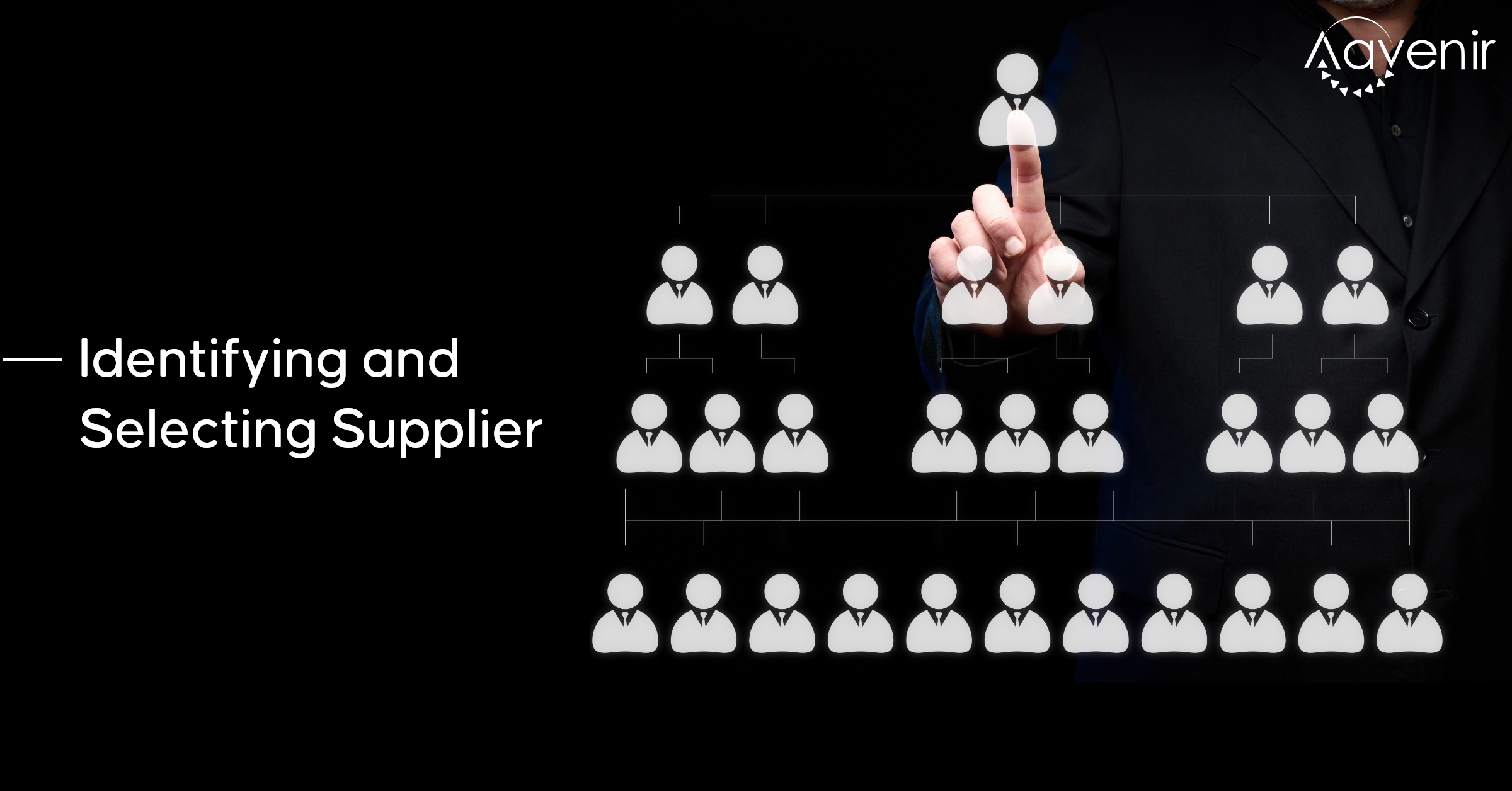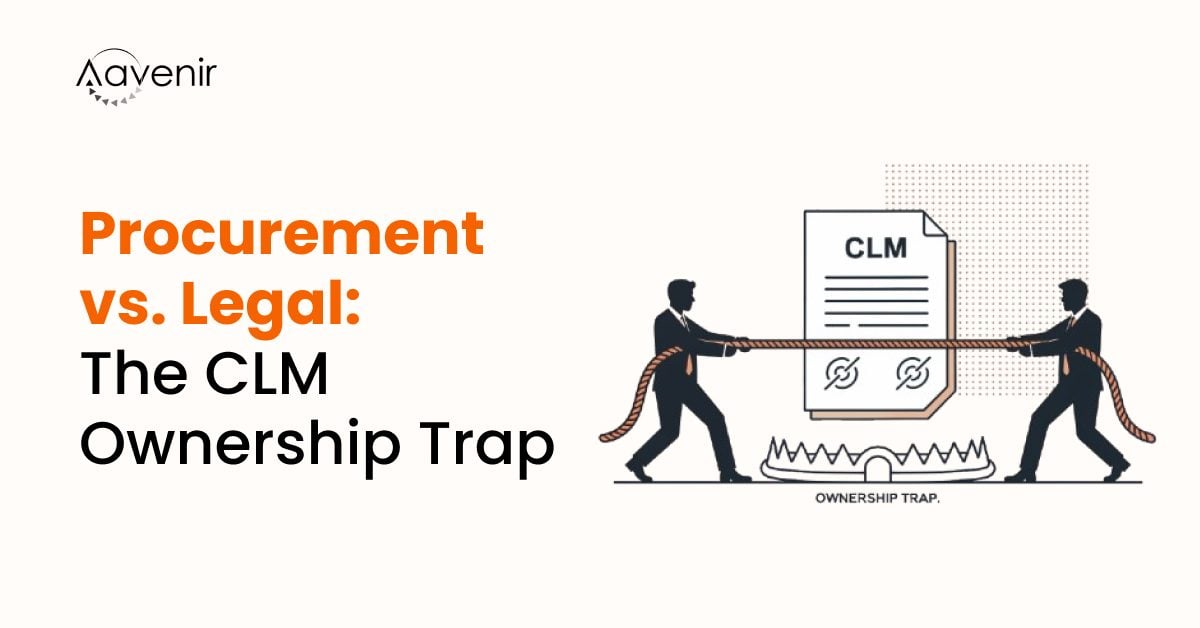The process of identifying and selecting a supplier is a critical aspect of business operations. However, with numerous options available, it is essential to follow a systematic approach to ensure the best fit for your organization. In this article, we will explore ten valuable tips to help you effectively identify and select a supplier that meets your specific requirements and contributes to your business objectives.
Define Your Requirements
Before starting the supplier selection process, clearly define your requirements and expectations. Determine the specific products or services you need, quality standards, delivery timelines, and any other critical criteria. This will help you identify suppliers that can meet your specific needs.
Conduct Market Research
Perform thorough market research to identify potential suppliers. Explore different sources such as industry directories, trade shows, online platforms, and referrals from industry professionals. Look for suppliers with a strong reputation, experience in your industry, and a track record of delivering quality products or services.
Evaluate Supplier Capabilities
Assess the capabilities and resources of potential suppliers. Consider factors such as production capacity, quality control measures, technological capabilities, financial stability, and their ability to handle your projected volume of orders. Ensure that the supplier has the necessary resources to meet your requirements.
Review Supplier Reputation and References
Check the reputation of potential suppliers in the market. Look for customer reviews, testimonials, and case studies to gain insights into their performance and reliability. Additionally, ask for references from their existing clients and contact them to gather feedback on their experiences with the supplier.
Assess Financial Stability
It is essential to evaluate the financial stability of potential suppliers. Request financial statements or other relevant financial information to assess their solvency and ability to sustain long-term partnerships. A financially stable supplier is more likely to meet your ongoing supply needs without interruptions.
Consider Geographic Location and Logistics
Evaluate the geographic location of potential suppliers and assess how it aligns with your distribution needs. Consider factors such as transportation costs, lead times, and the supplier’s proximity to your facilities or target market. A supplier located closer to your operations can often offer logistical advantages.
Request and Evaluate Proposals
Request detailed proposals from shortlisted suppliers. The proposals should include information about their capabilities, pricing, delivery schedules, quality control processes, and any additional value-added services they can provide. Evaluate the proposals based on your predefined criteria and requirements.
Conduct Site Visits and Audits
Consider conducting site visits to the facilities of potential suppliers. This will give you a firsthand view of their operations, quality control processes, and overall working conditions. Additionally, you can perform audits to assess their compliance with relevant industry standards, certifications, and regulatory requirements.
Consider Long-term Partnership Potential
Evaluate the potential for a long-term partnership with the supplier. Consider factors such as their commitment to innovation, willingness to collaborate, and ability to adapt to your evolving needs. A strong and collaborative partnership with a supplier can lead to better performance and mutual growth.
Negotiate Terms and Agreements
Once you have identified a suitable supplier, engage in negotiations to finalize the terms and conditions of the partnership. Discuss pricing, payment terms, delivery schedules, quality assurance measures, and any other relevant aspects. Ensure that all agreements are documented in a formal contract to protect the interests of both parties.
Signing Off
Selecting the right supplier is a crucial decision that can have a lasting impact on your organization’s success. By following the tips outlined in this article, you can navigate the supplier identification and selection process with confidence. Clearly defining your requirements, conducting thorough research, evaluating capabilities, considering reputation and references, assessing financial stability, and engaging in comprehensive evaluations will help you make an informed decision. By establishing a strong and collaborative partnership with the selected supplier, you can enhance your operations, maintain high-quality standards, and drive long-term success for your business.



